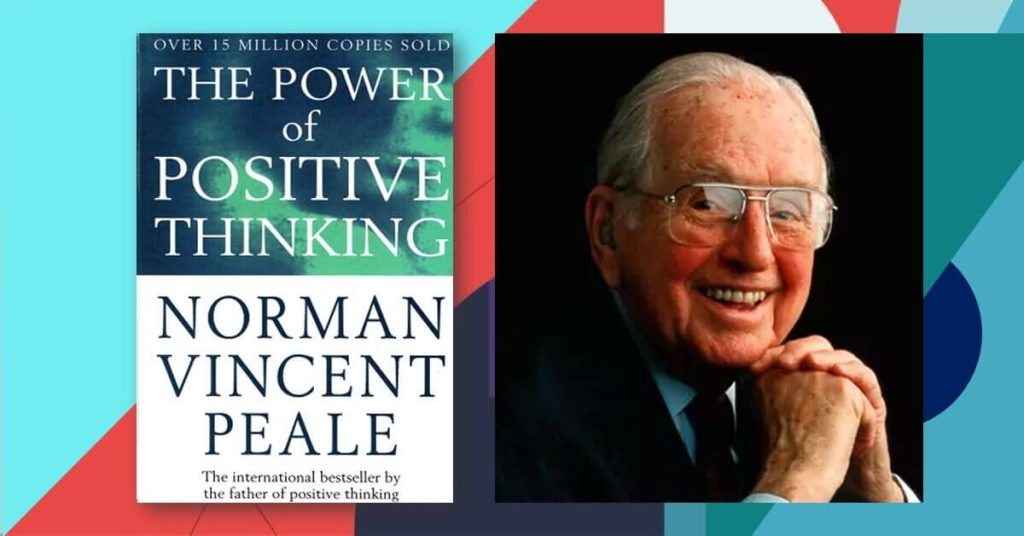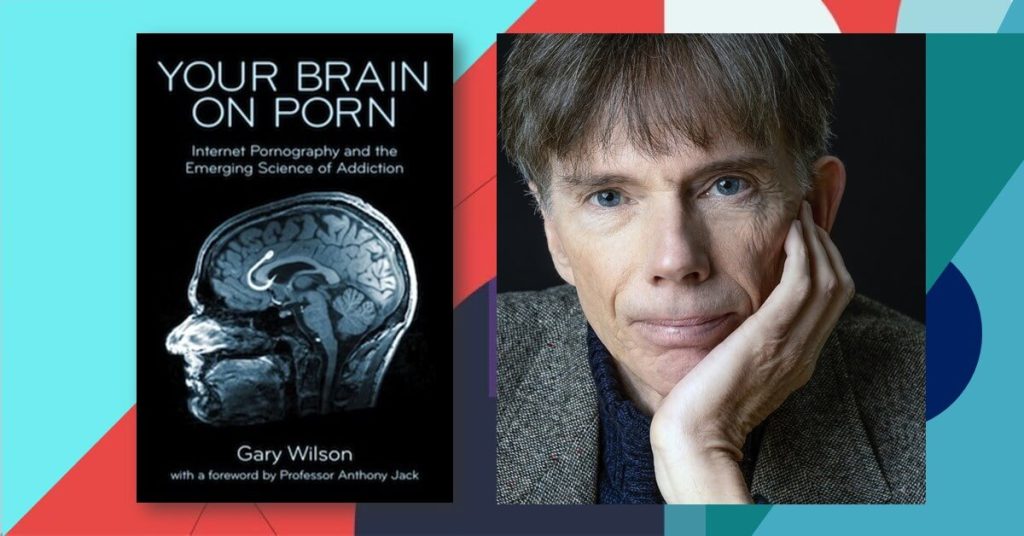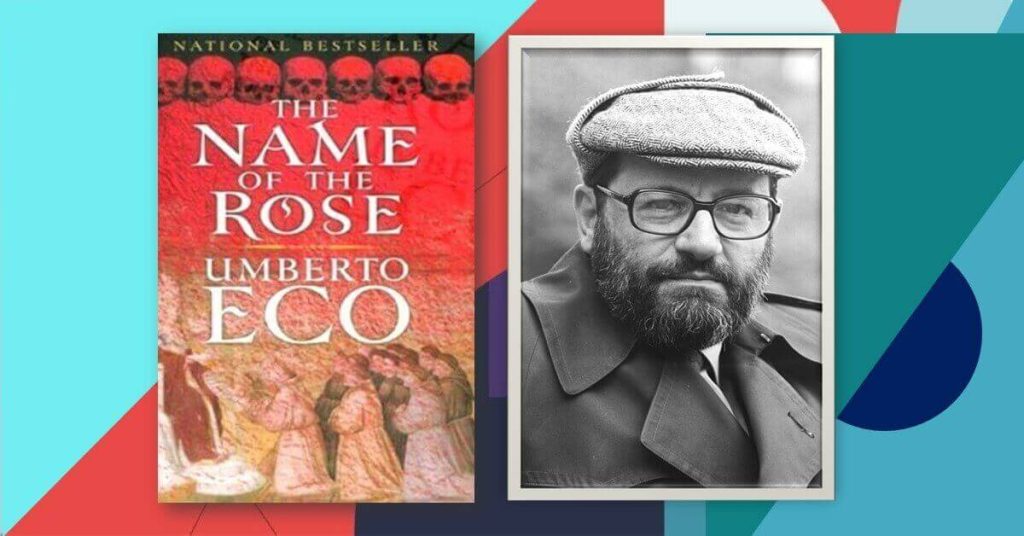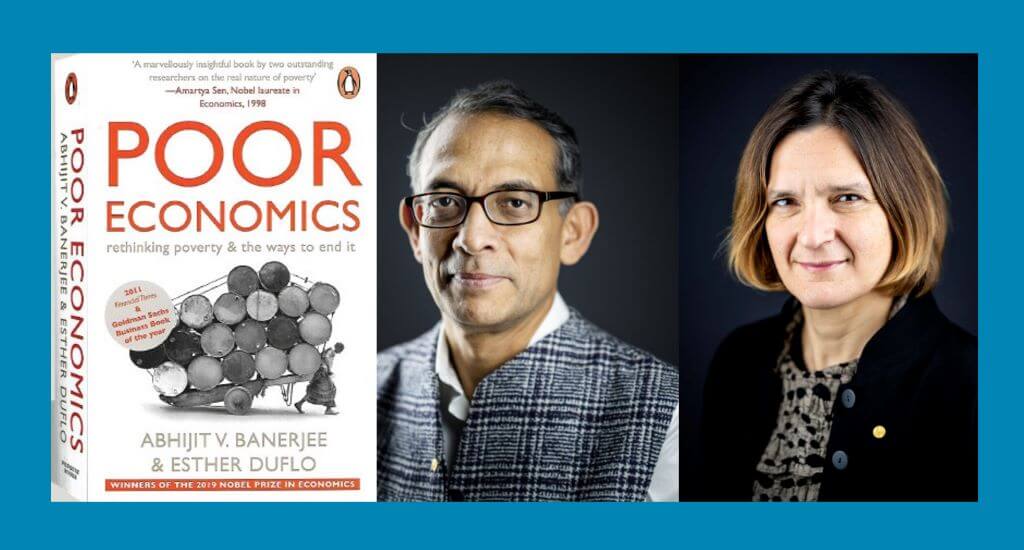Last updated on February 6th, 2025 at 09:27 am
The Singularity Is Nearer: When We Merge with AI (2024) by inventor, thinker and futurist Ray Kurzweil is a sequel to his influential 2005 book The Singularity Is Near. This book delves deeper into Kurzweil’s vision of the technological singularity, an era when humans will merge with artificial intelligence, creating a profound transformation in human life.
The singularity is projected to occur by 2045, and this book expands upon the progress and challenges that have emerged since his original predictions. Based on extensive research, the book is a powerful proposition towards technological benevolence.
In Ray Kurzweil’s book The Singularity Is Nearer: When We Merge with AI, there are several key takeaways related to the benefits of technology, life improvements, technological automation, and the predicted singularity. Here’s a complete analysis based on these themes:
The Singularity and Exponential Growth of Technology
Kurzweil uses the concept of “exponential growth” to explain the rapid acceleration of technological advancement. Computing power, biological understanding, and nanotechnology are all advancing at exponential rates, making the singularity an inevitable consequence.
One of the fundamental laws Kurzweil refers to is the “Law of Accelerating Returns,” or LAR which states that the pace of technological progress, especially in information technologies, grows exponentially.
According the Kurzweil, all of the civilizational progress took place because of technological advancement. Technology gives us power, dominance, and progress in health, lifestyle, knowledge and science. Without technology Kurzweil cannot envision a progressive future world where there will be no mortality, morbidity will be gone, and people don’t have to work hard for upkeep.
Kurzweil emphasizes that we are now in the steepening phase of this exponential curve, where changes are happening faster than ever. Technologies like artificial intelligence (AI), machine learning, and biotechnology are advancing so rapidly that we are getting closer to creating AI systems that rival and then surpass human intelligence.
Reinventing Intelligence
A significant portion of the book is dedicated to how human intelligence will be augmented and transformed by artificial intelligence.
Kurzweil predicts that AI will not just be a tool, but an integral part of human understanding. The book explores how AI has progressed from mastering games like Jeopardy and Go, to language models such as GPT-4, which are now capable of complex tasks like writing, programming, and problem-solving at levels that mimic human thought.
Kurzweil also discusses the philosophical implications of AI surpassing human intelligence. He argues that AI will expand our consciousness by integrating directly with our brains. With brain-computer interfaces, our cognitive capacity will be enhanced millions of times beyond what biological evolution has provided.
Merging with AI and Brain-Computer Interfaces (BCI)
One of the central ideas of The Singularity Is Nearer is the notion of humans merging with machines. Kurzweil foresees a future where nanotechnology and brain-computer interfaces enable direct augmentation of human brain function.
Through this merger, humans will not only enhance their intelligence but will also overcome biological limitations such as aging and disease.
AI and brain-computer interfaces (BCIs) are creating tools that augment human memory, perception, and cognitive processes. This is particularly promising for solving complex problems and making better decisions.
As Kurzweil says the promise of the Singularity is to free us all from the limitations of learning fast enough or remember well enough to know all the things we would to know, self-actualization, the habits imposed by the biological brain, limits of gradually aging and destruction of information.
It will be a process of co-creation—evolving our minds to unlock deeper insight and using those powers to produce transcendent new ideas for our future minds to explore. At last, we will have access to our own source code, using AI capable of redesigning itself.
Ray’s vision of extending our cognitive capabilities, technologically, is still fictional when he says, “Since this technology will let us merge with the superintelligence we are creating, we will be essentially remaking ourselves. Freed from the enclosure of our skulls, and processing on a substrate millions of times faster than biological tissue, our minds will be empowered to grow exponentially, ultimately expanding our intelligence millions-fold. This is the core of my definition of the Singularity”.
According to Ray, nanobots will be able to go into a living person’s brain and make a copy of all the data that forms the memories and personality of the original person: You 2, in the early 2040s. Such an entity would be able to pass a person-specific Turing test and convince someone who knew the individual that it really is that person.
Moreover, they will be as real as the original person, so if you believe that identity is essentially about information like memories and personality, this would indeed be exactly the same person with whom you could have or continue a relationship, even a physical one, including s*ex”.
Kurzweil sees this merger as a positive step for humanity, enabling individuals to live longer, healthier lives while contributing to the collective intelligence of the species. He envisions a world where AI becomes an extension of our minds rather than a competitor.
The Future of Health and Aging
Kurzweil is optimistic about the impact of technological advancements on health. He predicts that within the next 30 years, biotechnology will enable us to cure many diseases, slow down aging, and significantly extend human lifespans. With the help of AI and nanotechnology, doctors will be able to detect diseases at earlier stages and offer personalized treatments.
Biotechnological innovations, including AI-based diagnostics and treatments, are extending human lifespans and improving quality of life. AI systems can now assist in managing chronic illnesses, predicting disease outbreaks, and personalizing health interventions.
This advancement ties into Kurzweil’s broader vision of human longevity. He argues that by 2045, humans will have the tools to reverse aging, and potentially achieve indefinite lifespans, by merging biological bodies with nanotechnology and AI enhancements.
In his words: “In the 2030s we will reach the third bridge of radical life extension: medical nanorobots with the ability to intelligently conduct cellular-level maintenance and repair throughout our bodies. At this stage, we will gain a similar level of control over our biology as we presently have over automobile maintenance.
He writes, “We need the ability to repair damage from ageing at the level of individual cells and local tissues. There are a number of possibilities being explored for how to achieve this, but I believe the most promising ultimate solution is nanorobots capable of entering the body and carrying out this repair directly. This wouldn’t make people immortal. We could still be killed by accidents and mishaps, but the annual risk of death would no longer increase as we got older—so many people could live well past 120 in good health”.
In addition to artificial blood cells, we’ll eventually be able to engineer artificial lungs to oxygenate them more efficiently than the respiratory system that biology has given us. Ultimately, even hearts made from nanomaterials will make people immune to heart attacks and make cardiac arrest due to trauma much rarer.
By monitoring the supply of these vital substances, adjusting their levels as needed, and maintaining organ structures, nanobots can keep a person’s body in good health indefinitely.
Ultimately, nanobots will be able to replace biological organs altogether, if needed or desired.
In the 2040s and 2050s, we will rebuild our bodies and brains to go vastly beyond what our biology is capable of, including their backup and survival. As nanotechnology takes off, we will be able to produce an optimized body at will: we’ll be able to run much faster and longer, swim and breathe under the ocean like fish, and even give ourselves working wings if we want them. We will think millions of times faster, but most importantly, we will not be dependent on the survival of any of our bodies for our selves to survive.
The cost of sequencing a human genome has fallen drastically, enabling personalized medicine. AI-driven medical discoveries are rapidly emerging, helping to diagnose diseases and discover new treatments.
He thinks of a kind of technological wearables fitness trackers and will be able to suggest treatment before someone even knows they’re sick.
The ultimate goal is to put our destiny in our own hands, not in the metaphorical hands of fate—to live as long as we wish.
Increased Access to Information
Kurzweil argues that life is improving in many dimensions thanks to technological advancements:
With global connectivity and AI-driven tools, information is now more accessible than ever. Platforms like GPT-4 and other large language models make knowledge available at people’s fingertips, democratizing education and expertise.
Ray the utmost proponent of technology writes, “Where humans once only identified with small groups, communication technology (books, then radio and television, then computers and the internet) enabled us to exchange ideas with an ever wider sphere of people and discover what we have in common”.
Ray states that the key insight for the future is that these virtuous circles are fundamentally driven by technology. He credits technology for the declining number of crime and violence, that people reading more books, building more schools. Rey cites philosopher Peter Singer’s term “expanding circle” of empathy that extends our sense of identification from narrow groups like clans to entire nations, then to people in foreign countries, and even to nonhuman animals” which he believes exacerbated due to technology.
The vast improvements we’ve seen over the past two centuries in areas like literacy and education, sanitation, life expectancy, clean energy, poverty, violence, and democracy are all powered by the same underlying dynamic: information technology facilitates its own advancement.
Jobs and Technological Automation
The book explores the societal and economic implications of the singularity, particularly concerning jobs and the economy. Kurzweil acknowledges the potential disruption AI could cause in the job market, particularly through automation.
However, he remains optimistic that while many traditional jobs will disappear, new forms of work will emerge, especially in creative fields and roles that require human-AI collaboration.
Kurzweil argues that AI will create an abundance in material resources, and as a result, societies will shift away from scarcity-based economics to abundance-based systems. He predicts that as AI takes over repetitive and manual tasks, humans will be free to pursue more meaningful, intellectual, and creative work.
At a point in the book, Ray presents the bitter reality of the technological automation of jobs. He points out thar “14 percent of jobs across thirty-two countries had more than a 70 percent chance of being eliminated through automation over the succeeding decade, and another 32 percent had a probability of over 50 percent. … about 210 million jobs were at risk in these countries. Indeed, a 2021 OECD report confirmed from the latest data that employment growth has been much slower for jobs at higher risk of automation”.
However, tech proponents like Kurzweil tend to view automation as a sign of progress and put… “this is hardly the first time that people have been able to clearly see their jobs being likely to succumb en masse to automation. The story began two centuries ago when the weavers of Nottingham were threatened by the introduction of the power loom and other textile machines”.
Ray describes how he thinks despite the automation some other sectors have grown to offer new forms of jobs with minimized working hours.
In his words, “Despite the dramatic reduction in many categories of employment, the total number of jobs has grown dramatically—both in absolute and proportional terms. In 1900 the total US workforce was around 29 million, comprising 38 percent of the population. In early 2023 it was around 166 million, comprising over 49 percent of the population. Not only is the total number of jobs growing, but the workers who fill those jobs are working fewer hours and making more money. In the United States, the annual number of hours worked by each worker has fallen from just over 2,900 in 1870 to around 1,765 as of 2019”.
The same is seen in a landmark 2013 study by Oxford University scholars Carl Benedikt Frey and Michael Osborne who ranked about seven hundred occupations on their likelihood of being disrupted by the early 2030s. factory jobs, customer service, banking jobs, and of course driving cars, trucks, and buses were on the top of the list. Low on that list were jobs that require close, flexible personal interaction, such as occupational therapists, social workers, and se*x workers.
The integration of AI in various fields is leading to significant automation, reducing the need for human labor in repetitive or dangerous jobs, and freeing up time for creative and intellectual pursuits.
But as we enter an era of abundance, and the availability of material necessities eventually becomes universal—while many traditional jobs go away—our main struggle will be for purpose and meaning.
autonomous vehicles will bring massive benefits to society—from saved lives to lower pollution, eased congestion, more free time, and lower transportation costs.
The book emphasizes the power of automation through AI and its impact across industries:
Artificial Intelligence in Workspaces: Automation has revolutionized industries such as manufacturing, logistics, healthcare, and finance. Robots and AI are performing tasks that range from assembling products to diagnosing medical images, reducing human error and increasing productivity.
Autonomous Vehicles: Self-driving cars and drones are becoming more common, aiming to reduce traffic accidents, improve logistics efficiency, and minimize human intervention in risky environments.
Creative Automation: AI is increasingly being used in fields such as writing, design, and music. AI models can now create essays, compose music, or design new products, complementing human creativity.
Probable Date of Singularity
Kurzweil predicts that the singularity—the moment when artificial intelligence surpasses human intelligence and begins self-improving at an exponential rate—will occur around 2045. He defines the singularity as the point at which human and machine intelligence will merge, enhancing human cognition to unprecedented levels. Key milestones leading up to the singularity include:
2029: AI systems will pass the Turing Test, meaning they will be indistinguishable from humans in conversation and reasoning abilities.
2030s: Brain-computer interfaces will begin to seamlessly integrate human minds with cloud-based AI systems, dramatically expanding cognitive capabilities.
2045: Human intelligence will be vastly augmented by AI, leading to an incomprehensible acceleration in problem-solving abilities, creativity, and innovation. This will mark the beginning of the singularity.
Epochs Of Intelligence
Humans are now in the Fourth Epoch, with our technology already producing results that exceed what we can understand for some tasks. For the aspects of the Turing test that AI has not yet mastered, we are making rapid and accelerating progress. Passing the Turing test, which I have been anticipating for 2029, will bring us to the Fifth Epoch.
Kurzweil describes the Epochs following way:
| Epochs | Medium | Timescale |
| First | Non-living matter | Billions of years (non-biological atomic and chemical synthesis) |
| Second | RNA and DNA | Millions of years (until natural selection introduces a new behavior) |
| Third | Cerebellum | Thousands to millions of years (to add complex skills via evolution) Hours to years (for very basic learning) |
| Fourth | Cerebellum Digital neural nets | Hours to weeks (to master complex new skills) Hours to days (to master complex new skills at superhuman levels) |
| Fifth | Brain–computer interfaces | Seconds to minutes (to explore ideas unimaginable to present-day humans) |
| Sixth | Computronium | < Seconds (to continually reconfigure cognition toward the limits of what the laws of physics allow) |
Kurzweil says as technological advancement progresses exponentially, we will extend our minds many millions-fold by 2045. It is this incomprehensible speed and magnitude of transformation that will enable us to borrow the singularity metaphor from physics to describe our future.
Ray sees a future where DeepMind’s 2022 model AlphaCode model will unleash staggering amounts of human potential over the next few years as coding skill ceases to be a requirement for implementing creative ideas through software. He says, “Computers will be able to simulate human brains in all the ways we might care about within the next two decades or so”.
It is pretty disturbing to know that machines will perform works that are very close to human psyche and ingenuity. Kurzweil thinks of a future time when “In 2034 AI can compose Grammy-winning songs but not write Oscar-winning screenplays, and can solve Millennium Prize Problems in math but not generate deep new philosophical insights. So, there may well be a significant transitional period during which AI has passed the Turing test and is superhuman in most respects, but still has not surpassed the top humans in a few key skills.”
Once we develop AI with enough programming abilities to give itself even more programming skill (whether on its own or with human assistance), there’ll be a positive feedback loop. Alan Turing’s colleague I. J. Good foresaw as early as 1965 that this would lead to an “intelligence explosion.”
Neocortex
In The Singularity Is Nearer, Ray Kurzweil delves into the neocortex, a key aspect of the human brain that he believes, believed to have been evolved late, will play a pivotal role in humanity’s journey toward merging with artificial intelligence. The part of the brain, the neocortex, is responsible for higher-order thinking, including reasoning, language, and complex thought, is central to Kurzweil’s vision of human evolution and future intelligence.
Kurzweil describes the neocortex as a “self-modifying, hierarchical, flexible structure” that is key to human cognitive abilities. It is the part of the brain that allows humans to process abstract concepts, form long-term memories, and engage in creativity. The neocortex evolved in mammals, giving them an advantage by allowing quick learning and adaptation to complex environments.
Unlike animals with more rigid, genetically programmed behaviors, mammals—particularly humans—use the neocortex to develop new skills, create art, and solve intricate problems.
The structure of the neocortex is modular and hierarchical, composed of approximately 100 billion neurons organized into roughly 200 million minicolumns. Each of these minicolumns processes patterns and these patterns are combined at higher levels to form more abstract ideas. This organization allows the neocortex to recognize patterns, create associations, and draw analogies across different domains.
Kurzweil thinks, “At some point in the 2030s we will reach this goal using microscopic devices called nanobots. These tiny electronics will connect the top layers of our neocortex to the cloud, allowing our neurons to communicate directly with simulated neurons hosted for us online. This won’t require some kind of sci-fi brain surgery—we’ll be able to send nanobots into the brain noninvasively through the capillaries.
Instead of human brain size being limited by the need to pass through the birth canal, it can then be expanded indefinitely. This is because brains (whether biological or not) are not closed systems. Brains take in input from the outside world and then manipulate it via astoundingly complex networks—in fact, scientists have recently identified networks in the brain that exist in up to eleven dimensions”!
Kurzweil highlights how this modular design allows the neocortex to handle a wide variety of tasks, from recognizing faces to understanding complex mathematical theories. Moreover, the brain’s ability to form associations between different patterns in the neocortex is what underlies human creativity and innovation.
Neocortex and Artificial Intelligence
One of Kurzweil’s boldest ideas is that the neocortex’s power can be vastly expanded through AI and brain-computer interfaces. He foresees a future where we can connect our biological neocortex to cloud-based AI systems, adding layers of “virtual neurons” that will enhance our intelligence exponentially. By merging with AI, humans could gain access to far more computational power, memory, and cognitive abilities than our biological brains alone can provide.
Kurzweil argues that this enhancement will allow humans to think in ways that are unimaginable today. With AI augmentation, the neocortex could handle millions of times more information, leading to breakthroughs in science, technology, and even the arts. This would push the boundaries of human intelligence beyond the limitations of biological evolution.
Kurzweil envisions that by expanding our neocortex with AI, humanity will enter the Fifth Epoch of evolutionary development. In this stage, our intelligence will no longer be limited by the biological constraints of our brains.
AI-enhanced neocortices will allow for new forms of thinking, enabling humans to solve problems far beyond our current capabilities. This development will be key to achieving the technological singularity—the point at which AI and human intelligence merge, creating a future where intelligence expands at an incomprehensible rate.
Kurzweil also notes that this expansion will have profound implications for every aspect of human life, from science and medicine to art and culture. With the neocortex connected to AI, we will be able to create and process knowledge at speeds unimaginable today.
We will develop new art forms, invent revolutionary technologies, and even redefine what it means to be human.
AI and Vertical Agriculture
In The Singularity Is Nearer, Ray Kurzweil touches on a range of emerging technologies that will shape the future, and one of these is vertical agriculture. This concept, a key innovation in the quest to address global food security, is highlighted as part of the broader technological advances driven by exponential growth in computation, AI, and biotechnology.
Vertical agriculture, also known as vertical farming, refers to the practice of growing crops in stacked layers, often within controlled environments such as indoor farms or skyscrapers. This method leverages artificial lighting, precise climate control, and advanced hydroponic or aeroponic systems to grow food efficiently, regardless of external weather conditions or the limitations of traditional farmland.
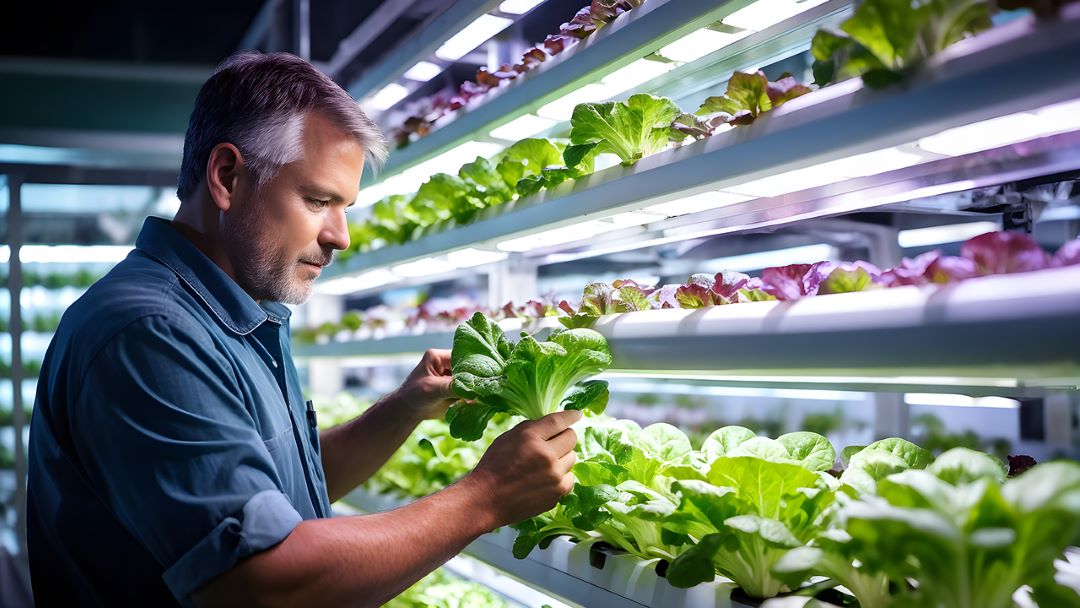
Kurzweil sees vertical agriculture as a prime example of how technology can solve some of humanity’s most pressing challenges—i.e., feeding a growing global population in the face of climate change, dwindling arable land, and resource constraints.
Vertical farming maximizes the use of space by moving agriculture into urban areas, reducing the need for vast expanses of rural farmland and allowing fresh produce to be grown closer to where people live.
One of the core benefits of vertical agriculture, as Kurzweil discusses, is its efficiency in resource use. Traditional farming requires large amounts of water, pesticides, and fertilizers. In contrast, vertical farming minimizes these inputs, often using 70–95% less water than conventional methods by recycling water through closed-loop systems. The controlled environment also reduces or eliminates the need for pesticides, as the crops are grown in sealed facilities protected from pests and diseases.
In Ray’s words: “Worldwide, land efficiency improvement has been roughly exponential, and today we need, on average, less than 30 percent of the land that we needed in 1961 to grow a given quantity of crops.”
Additionally, vertical farms can be powered by renewable energy, making them more sustainable in the long term. With energy-efficient LED lights mimicking natural sunlight, crops can grow year-round, unaffected by weather patterns or seasonal changes, or without water but with a kind of fine mist. This results in more consistent crop yields, which are crucial for ensuring global food security in an era of climate unpredictability.
Vertical farming company Gotham Greens’ technologies use “95 percent less water and 97 percent less land than a traditional dirt farm” for a given crop yield”.
Kurzweil highlights vertical agriculture as part of a future where technology brings critical food production closer to urban centers. As cities grow and more people live in densely populated areas, the demand for local food production increases.
This localization of food production could revolutionize food supply chains by making them shorter and more resilient. In a world where climate change and geopolitical instability can disrupt global food systems, vertical agriculture offers a solution that is less vulnerable to these disruptions.
By decentralizing food production and bringing it into cities, communities can ensure a more stable and secure food supply.
Ray follows, “In the coming years, converging innovations in photovoltaic electricity, materials science, robotics, and artificial intelligence will make vertical farming much less expensive than current agriculture. Many facilities will be powered by efficient solar cells, produce new fertilizers onsite, collect their water from the air, and harvest the crops with automated machines. With very few workers required and a small land footprint, future vertical farms will eventually be able to produce crops so cheaply that consumers may be able to get food products almost for free”.
By preventing agricultural runoff, vertical farming does away with one of the main causes of pollution in waterways. It avoids the need for farming loose soil, which gets blown into the air and diminishes air quality”.
Moreover, advances in biotechnology could allow vertical farms to grow genetically modified crops tailored to specific climates or nutritional needs. Crops could be engineered to grow faster, resist diseases, or even have enhanced nutritional profiles, further improving the efficiency and sustainability of food production.
While Kurzweil is optimistic about vertical agriculture’s potential, he also accepts that the technology is still in its early stages. The initial cost of setting up vertical farms, particularly in large urban centers, can be prohibitive.
With very few workers required and a small land footprint, future vertical farms will eventually be able to produce crops so cheaply that consumers may be able to get food products almost for free.
Vision Global Warming
In The Singularity Is Nearer, Ray Kurzweil addresses the global challenges posed by climate change, often referred to as global warming, and explores how artificial intelligence (AI) will play a transformative role in combating these challenges.
Kurzweil is optimistic about the potential of AI to mitigate the effects of global warming by driving technological advancements, improving efficiency, and enabling innovative solutions to the crisis.
Global warming, the gradual increase in the Earth’s temperature due to greenhouse gas emissions, is one of the most pressing issues facing humanity today.
Kurzweil acknowledges the severity of this crisis, emphasizing that rising global temperatures, extreme weather events, and shifts in ecosystems are already affecting billions of lives. The book situates global warming within the broader context of exponential technological progress, arguing that while the environmental crisis poses serious risks, it also offers an opportunity for technological breakthroughs that could address and reverse the damage.
Kurzweil contends that as we approach the singularity—a future point where artificial intelligence surpasses human intelligence—AI will become a crucial tool in the fight against global warming. AI’s ability to process vast amounts of data, model complex systems, and optimize resource use makes it uniquely suited to addressing climate-related challenges on a global scale.
Thanks to technology, especially artificial intelligence, low-cost but high-quality foods from vertical farming will be produced. And meat grown cleanly and ethically from cell cultures will displace environmentally devastating factory farming. Because for meat humans slaughtered more than 74 billion (the figure is 83.3 billion, according to the World Animal Foundation) land animals whose products together weighed an estimated 371 million tons, in 2020 for meat which is responsible for greenhouse gas. The United Nations estimates that this accounts for over 11 percent of all annual greenhouse gas emissions by human civilization when the technology currently known as lab-grown meat has the potential to radically change that.
Moreover, Meat taken from animal carcasses has several major disadvantages: it inflicts suffering on innocent creatures, it is often unhealthy for humans, and it causes severe environmental impacts through both toxic pollution and carbon emissions. Growing meat from cultured cells and tissues can solve all those problems.
Technology can reduce carbon from fuel burning, fossil fuels, aminal farming, traditional agricultural systems and freight shipping, accounting for around 30 percent of all carbon emissions.
He suggests the following roles of AI in combating Global warming:
AI can help reduce greenhouse gas emissions by optimizing energy use and renewable energy across various sectors. In industries, AI algorithms can analyze patterns of energy consumption and recommend adjustments that minimize waste and improve efficiency. For instance, AI can optimize heating, cooling, and lighting systems in buildings, adjust power generation in real-time based on demand, and manage energy grids more efficiently which could lead to significant reductions in the carbon footprint of both individuals and large organizations.
Moreover, AI can optimize the deployment of renewable energy sources such as solar and wind power.
By using AI to predict weather patterns, energy companies can better manage supply and demand, ensuring that renewable energy sources are utilized effectively. This reduces the reliance on fossil fuels and accelerates the transition to a low-carbon economy.
Existential Risks
Kurzweil acknowledges that these rapid technological advancements come with risks, including the misuse of AI and biotechnologies. Ethical frameworks must evolve alongside technology to ensure safety and security. While technology offers immense benefits, it also introduces potential risks like the creation of autonomous weapons or unintended consequences from self-replicating machines. Kurzweil advocates for proactive measures to mitigate these dangers.
Risks of superintelligent AI involve three ways, namely, “misuse”, “outer misalignment” and “inner misalignment”, according to Ray. “Misuse” happens when AI functions as its human operators intended but the intent was to cause harm others. For example, terrorists might use an AI’s biochemistry abilities to design a new virus that causes a deadly pandemic.
“Outer misalignment” refers to a situation “where there’s a mismatch between the programmers’ actual intentions and the goals they teach the AI in hopes of achieving them”.The AI virus may successfully kill cancerous cells, but the programmers didn’t realize that this mutation is also present in many healthy cells, so the virus kills the patients who receive it.
inner misalignment” occurs when the methods the AI learns to achieve its goal produce undesirable behavior, at least in some cases. For example, training an AI to identify genetic changes unique to cancerous cells might reveal a spurious pattern that works on the sample data but not when deployed in the real world.
Such as Ray, Freitas shows that nanobots can destroy the entire biomass in around three hours. According to Freitas’s calculations, if dispersed optimally around the world, 88,000 metric tons of “blue goo”–type defensive nanobots could be sufficient to sweep the entire atmosphere in about twenty-four hours. He thinks nanobot catastrophe can “become extinction-level event“. He goes on to say, it is very important to keep these risks in mind as nanotechnology develops in the coming decades. I am hopeful that with proper precautions—and AI assistance in designing secure systems—humanity can keep such scenarios in the realm of science fiction.
New, destabilizing nuclear weapons, breakthroughs in synthetic biology, and emerging nanotechnologies will all introduce threats we must deal with. And as AI itself reaches and surpasses human capabilities, it will need to be carefully aligned with beneficial purposes and specifically designed to avert accidents and thwart misuse. Risk And while AI cannot eliminate the risk of nuclear war, smarter command-and-control systems can significantly reduce the risk of sensor malfunctions causing inadvertent use of these terrible weapons.
Nanotechnology will make possible a wide range of offensive weapons, many of which could be extremely destructive.
By contrast, biological weapons can be very cheap. According to a 1996 NATO report, such weapons could be developed for $100,000 (around $190,000 in 2023 money) by a team of just five biologists in the space of a few weeks, without any exotic equipment. 6. Risks and Challenges
Although Kurzweil is optimistic about the future, he also addresses the potential risks that come with advancing AI. One of the major concerns is the misuse of AI technologies, either through unintended consequences or malicious actors. AI, especially in the areas of biotechnology and nanotechnology, could potentially be used to create devastating pandemics or self-replicating machines.
To mitigate these risks, Kurzweil emphasizes the importance of ethical guidelines and global cooperation. He calls for strict oversight and regulation to ensure that AI is developed in ways that benefit humanity while minimizing the risks of existential threats.
But what causes us to have subjective consciousness? Some say God. Others believe consciousness is a product of purely physical processes.
Conclusion
The Singularity Is Nearer builds upon Kurzweil’s earlier work by updating his predictions with recent advancements in AI, biotechnology, and nanotechnology.
He continues to advocate for the idea that merging with AI will lead to a dramatic enhancement of human intelligence and capabilities, ultimately culminating in the singularity around 2045.
Ray Kurzweil presents a bold vision of a future transformed by technology. Life is getting better because of rapid technological advancements in healthcare, automation, and AI. He argues that while technological automation may disrupt current industries, it will ultimately create a world where humans are free to focus on higher-order tasks.
The predicted singularity in 2045 marks the culmination of this progress, a point where human cognition will merge with AI, leading to an unprecedented transformation in intelligence and capability.
Kurzweil’s vision is both grand and controversial, filled with optimism about humanity’s ability to transcend its biological limitations and overcome challenges like aging, disease, and even death.
Ultimately, The Singularity Is Nearer offers a futuristic yet grounded perspective on the next several decades of human development, emphasizing that the singularity will be the most transformative event in human history.


